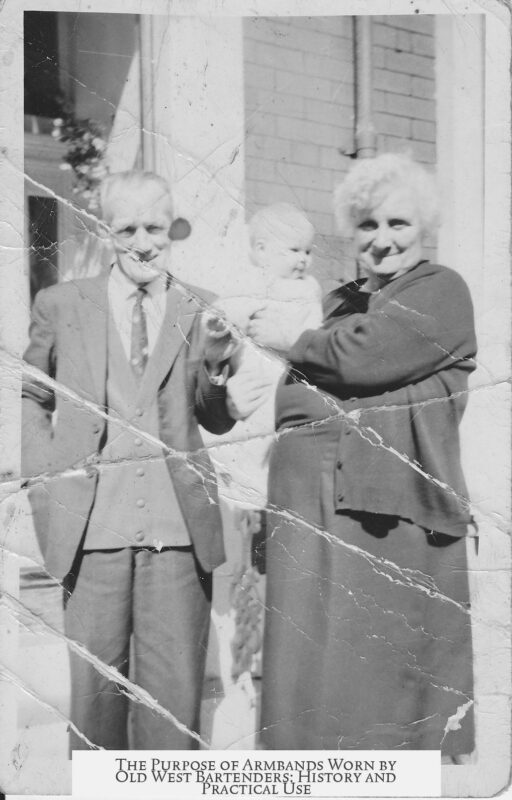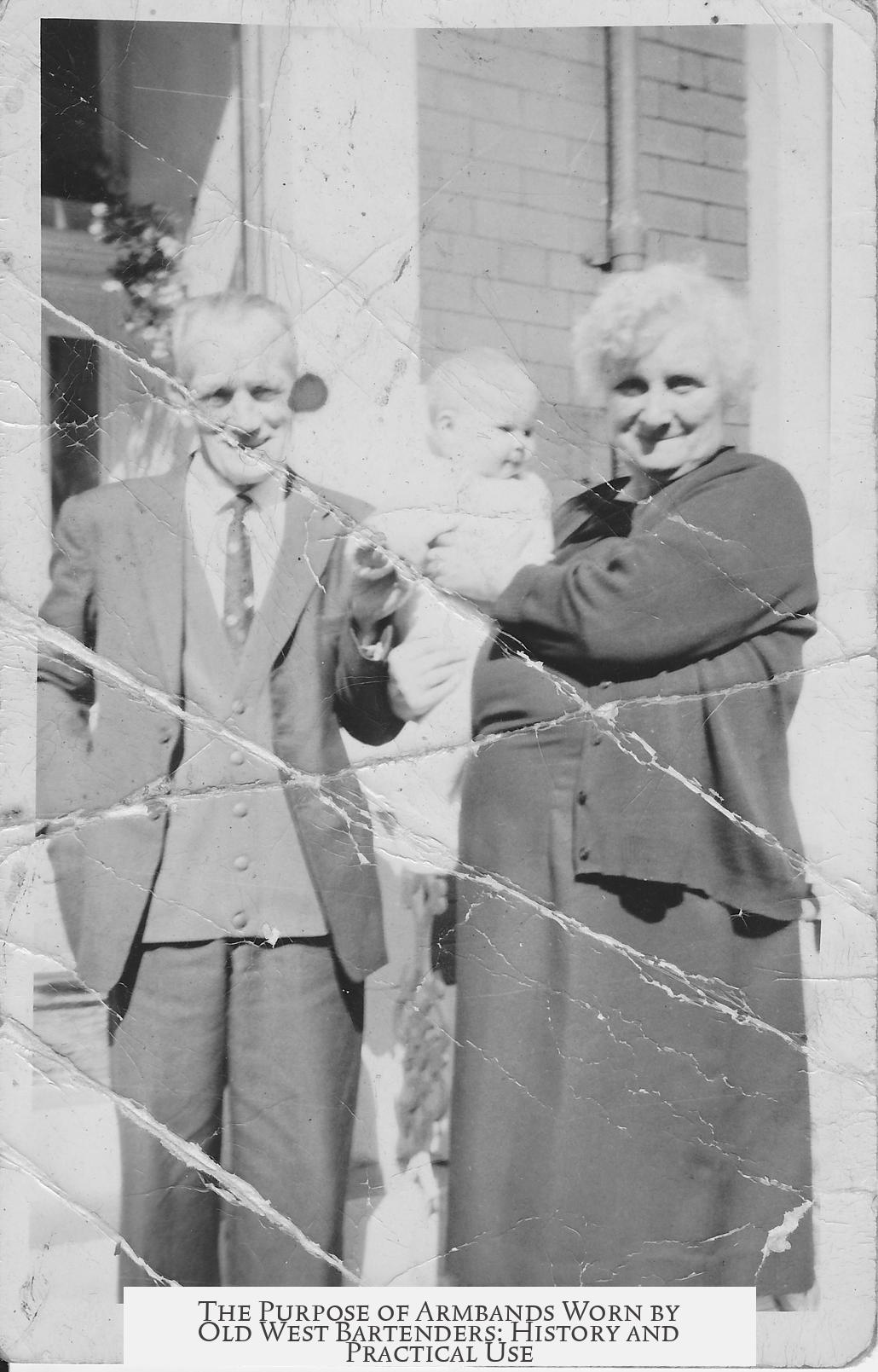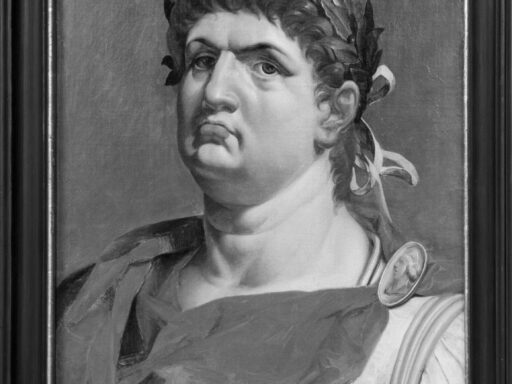The armbands bartenders are depicted wearing in the Old West are called sleeve garters, and they serve a practical purpose rather than just being a fashion accessory. Sleeve garters were used to protect and manage the sleeves of shirts, which were often made with extra-long sleeves due to limited sizing options in mass-produced clothing of the 19th century.
In the Old West, ready-made shirts often had sleeves longer than necessary to accommodate variations in arm lengths. This caused sleeves to hang too low and get in the way during manual work. Sleeve garters were worn to draw the sleeves up to a more comfortable and functional length, preventing dirt, liquids, or tools from soiling or impeding the wearer.
Bartenders commonly wore sleeve garters because their job required using their hands freely without sleeves getting wet or dirty while mixing drinks or handling tools behind the bar. This practical need made sleeve garters a common sight among bartenders. Other professions with similar needs, such as card dealers and gunslingers, also adopted sleeve garters.
- Card sharps wore sleeve garters to keep their sleeves up and provide assurance that they were not hiding cards inside their sleeves.
- Gunslingers might have used sleeve garters to keep sleeves from interfering with quick weapon draws or as a statement of professionalism and style.
The popularity of sleeve garters increased with the rise of mass-produced shirts due to inconsistent sizing which left many men with sleeves too long. Sleeve garters allowed a simple, adjustable fix to this problem without the need for tailoring. Their use was largely practical, designed to solve real issues with shirt sleeves in work situations common to the Old West.
Today, sleeve garters often appear in popular culture as a symbol of the Old West bartender, reflecting both functionality and historical authenticity related to workers managing cumbersome clothing.
- Sleeve garters protected and shortened overly long shirt sleeves.
- They prevented sleeves from getting dirty or wet during work.
- Bartenders, card sharps, and gunslingers commonly used them.
- They arose due to limited sizing in mass-produced 19th-century shirts.
- They helped ensure sleeves did not interfere with manual tasks or quick draws.
What is the Purpose of the Armband Bartenders Are Depicted as Wearing in the Old West—and Did They Ever Really Wear Them?

Ever noticed those slick bartenders in Old West movies rocking tight armbands—or sleeve garters—and wondered, why on earth did they wear those things? Were they just fashion bling, or did they actually serve a purpose? Let’s unravel this Western wardrobe mystery.
The short answer: Sleeve garters, often mistaken for fancy armbands, had a practical role: they kept long sleeves out of the way and protected the fabric during work. And yes, bartenders in the Old West—and other professions—did indeed wear them.
Old West Sleeve Garters: More Than Just a Cool Look
Sleeve garters aren’t a wild fashion invention conjured up by Hollywood’s costume designers. They date back much further but became wildly popular in the 19th century, particularly with the rise of ready-made shirts. Before that, shirts were tailored more precisely. But the mass-produced shirts of the era came with sleeves that were often too long for many men’s arms. Why? Well, factories made the sleeves long on purpose to fit as many customers as possible.
This often meant sleeves hung past the wrists, which posed a problem for workers, bartenders, and anyone getting their hands dirty. So, men pulled the sleeves up and secured them with these elastic or metal armbands—the sleeve garters. This simple solution kept sleeves from dragging into drinks, grease, or dirt.
Practicality in the Saloon: Why Bartenders Loved Sleeve Garters
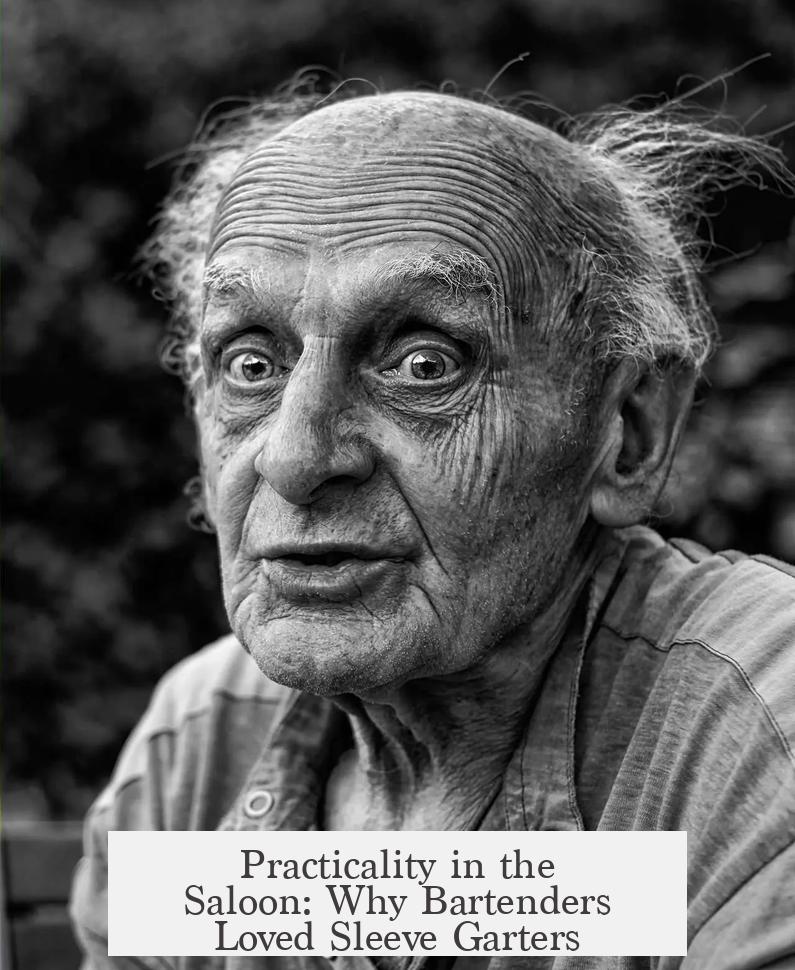
Imagine a bartender in a bustling Old West saloon. Pints flying, spirits pouring, patrons cheering. Wearing shirts with sleeves flopping into all that mess would be a nightmare. It’s not just about style; it’s about hygiene and efficiency.
Sleeve garters prevent shirt cuffs from soaking in spilled whiskey or getting sticky from served drinks. They also stop sleeves from snagging on glasses or drip trays. For bartenders, these armbands are more than accessories—they’re work gear.
And bartenders weren’t the only ones who benefited. Any job that involved detailed manual work or exposure to grime could call for sleeve garters. Tailors, clerks, card sharps, and gunslingers, to name a few, also favored them.
Not Just Bartenders: Card Sharps and Gunslingers Too?
Here’s a fun twist: card sharps of the Old West also sported sleeve garters. Aside from practical use, the garters helped show they weren’t hiding any secret cards up their sleeves—less suspicious for poker players, more trust at the table. Kind of like an old-fashioned ‘Look Ma, no cheating!’ badge.
For gunslingers, sleeve garters may have had tactical value. Fast draw contests demand quick movement, and long, loose sleeves could sabotage that by getting in the way. Securing sleeves tight made sense. Or, maybe it was just a fashion statement—sort of saying, “Hey, I’m a pro, watch me work.”
Ready-Made Shirts—and the Rise of Sleeve Garters
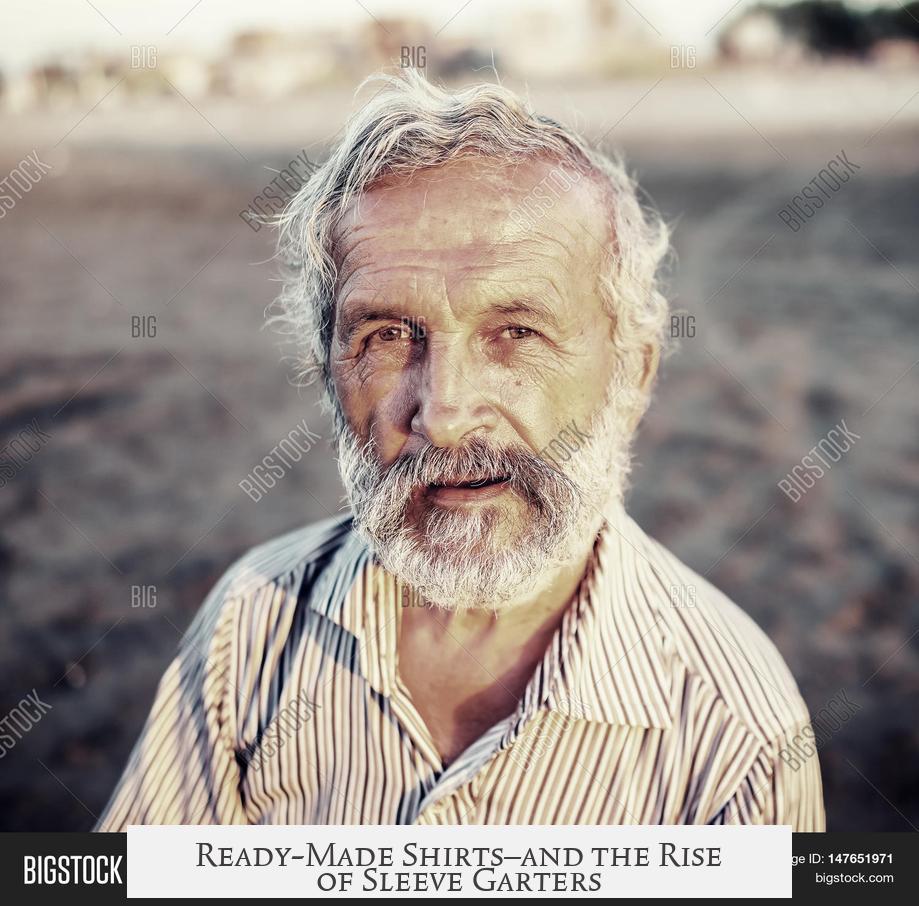
The boom of ready-made shirts in the 19th century is what really put sleeve garters on the map as essential gear. Shirts became cheaper and more widely available, but sizing was rough and inconsistent. There weren’t the detailed fits we have today—no separate sleeve lengths for different arm lengths.
This meant countless men had to deal with sleeves that were too long. Enter sleeve garters, the simple fix to an era’s mass production problem, turning a potential wardrobe nightmare into a neat, manageable outfit.
Modern Day: Are Sleeve Garters Still a Thing?
While sleeve garters are less common today, some professions still appreciate their utility. Vintage bartenders, professional card dealers, or anyone wanting a snappy retro look might wear them. Plus, they’ve become symbolic of a certain Old West charm, often used in costumes or themed events.
What’s the takeaway here? Sleeve garters were far from mere decoration. They solved real problems caused by mass-produced shirts with sleeves that were just too long for many men’s arms. They kept bartenders’ sleeves neat and clean, helped card players maintain trust, and aided gunslingers in fast draw showdowns.
So, Should You Consider a Sleeve Garter Today?

If you’re prone to sleeves flopping into the wrong places—whether Behind a bar or behind a desk—sleeve garters might just be the quirky yet effective solution you didn’t know you needed. Plus, they’ll add that dash of Old West swagger to your style.
Still skeptical? Give them a try during your next messy project or when mixing drinks. You might find these old-school bands delightfully practical—and a great conversation starter.
Summary
- Purpose: Sleeve garters keep too-long sleeves out of the way and protect them during work.
- Who Wore Them?: Bartenders, card sharps, gunslingers, clerks, and craftsmen all favored them.
- Why the Need?: Mass-produced shirts in the 19th century often came with sleeves too long for many men.
- Benefits: Keeps sleeves clean, dry, and out of the way; reassures others (like poker players) that no tricks are hidden.
- Fashion Meets Function: They became a symbol of professionalism and style in the Old West.
In the end, that Old West bartender’s armband isn’t just a costume gimmick. It’s a clever bit of practical history that still holds a subtle charm and function today. Next time you see one, you’ll know: it’s a little strip of fabric-saving wizardry from a time when sleeves could get wild and work needed to stay clean!
